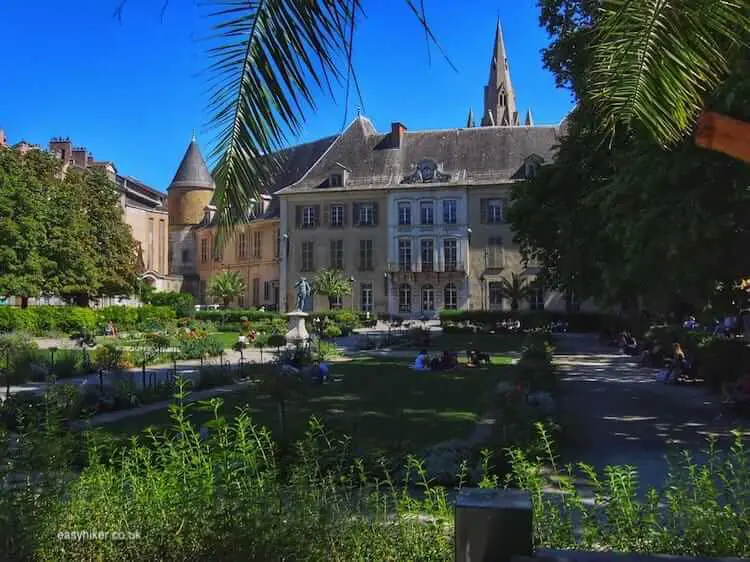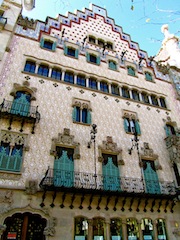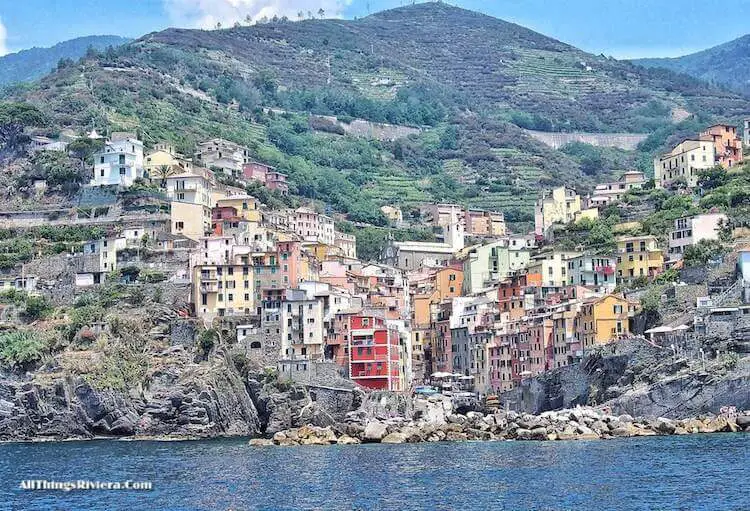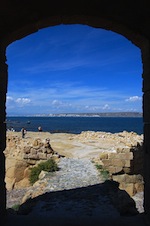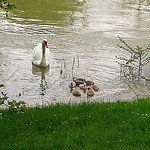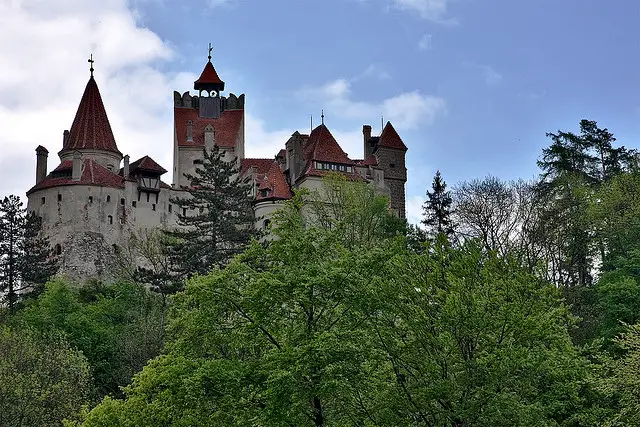Grenoble is the great survivor among French cities. Founded 2000 years ago as a small Gallic settlement around a bridge across the river Isére and relatively difficult to access to this very day (being surrounded by mountains on three sides), it learned to prosper and grow in size and importance by betting on the right side in large international power struggles.
First siding with the Romans who developed Grenoble into their main Alpine stronghold and then with the German Emperors in their never-ending battles with the Popes, something which eventually earned Grenoble the seat of government in the old province of Dauphiné (the dolphin in the coat of arms of the region Provence-Alpes-Cotes d’Azur).
Every time when contested borders were cut through the Alps, Grenoble became a busy garrison. It found its niche in the industrial age.
In the 18th century, Grenoble was the world’s leading manufacturer of luxury gloves. Later, it hooked into the craze for skiing (holding the Winter Olympics of 1968) and is today one of France’s leading centres for science and research.
An entire suburb, called the Polygone Scientifique, has been assigned to and reserved for hi-tech industries.

As a consequence, Grenoble is also a great student town – always the most reliable indicator of whether or not a French provincial city is worth visiting.
Large student populations fill a city with life.

But best of all, Grenoble has something that no other city has, at least not in such abundance and quality: mountain views.
The High Alps are still about 100 km away, but Grenoble is surrounded by a range of 1000 metre peaks, which cast a long shadow into almost every street.

If you visit Grenoble, go to the Tourism Office and ask for their free brochure that guides you through a 2-hour town walk with 22 stops.
This walk is a very thorough introduction into the history of Grenoble, and it features all the historical sites such as the Place Notre Dame with the 13th century Cathedral …

… the Parliament building from the time when Grenoble was the capital of the Dauphiné province …

… and the Place Saint Andre with the Le Cafe de Table Ronde, operated since 1739 and the country’s second oldest coffee house (beaten only by Le Procope in Paris).

You will also see the last remnants of the Roman city wall which was built in late antiquity to keep all those local tribes out that had not, unlike the Allobroges of Grenoble, made peace with the Romans …

… and the Abode Of The National Celebrity, a feature of every provincial town in France.

Here, the person in question is the writer Stendhal whose most celebrated work is the novel Le Rouge et le Noir, which marked the entrance of Modern Man into literature: Julien Sorel, charming but self-obsessed, all surface and no soul.
Having said that, Stendhal is nowadays probably more famous for the syndrome named after him, an excessively emotional reaction to beauty in art.
Grenoble also possesses another of the Must Features Of Any Provincial Town In France: a house where Napoleon once stayed, if only for one night. But I suggest we let that pass by, quietly.
The walk is comprehensive and informative, but also more dutiful than inspiring, quite clearly designed to show that Grenoble has everything that other cities of its size can boast – an old church and flamboyant civic buildings – and that it has been in tune with the national culture for centuries, albeit on a modest scale.
The walk, meanwhile, fails to catch the special character of the place, which is the charm of an essentially southern town …

… that has refused to get stuck in ancient habits and traditions and that is looking forward not back, that consequently feels modern rather than musty …

… and that has been transplanted, as if by magic, into a savage world of ice and snow. Grenoble is an island of civilization in a hostile wilderness.
The best moment of the town walk comes when you step onto the Passerelle Saint Laurent, a pedestrian overpass that crosses the river in the same place where a bridge has stood at least since the 11th century.

The landscape suddenly opens up on either side, east towards the Chartreuse mountains …

… and west towards the Vercors National Park.

This view is not only beautiful. It also serves to remind us that we are only free to admire the awesome power of nature because we are no longer ruled by it, because we have carved out spaces in which the brutal rules of nature no longer apply.
The view – which will be much more dramatic in the four or five months of the year when all the peaks and slopes around are covered in snow and ice – also drives home the point that, essentially, all civilizations – not only Grenoble – are such “safe spaces”.
And it makes you all the more grateful for these oases of peace and serenity in what is still a savage world.
